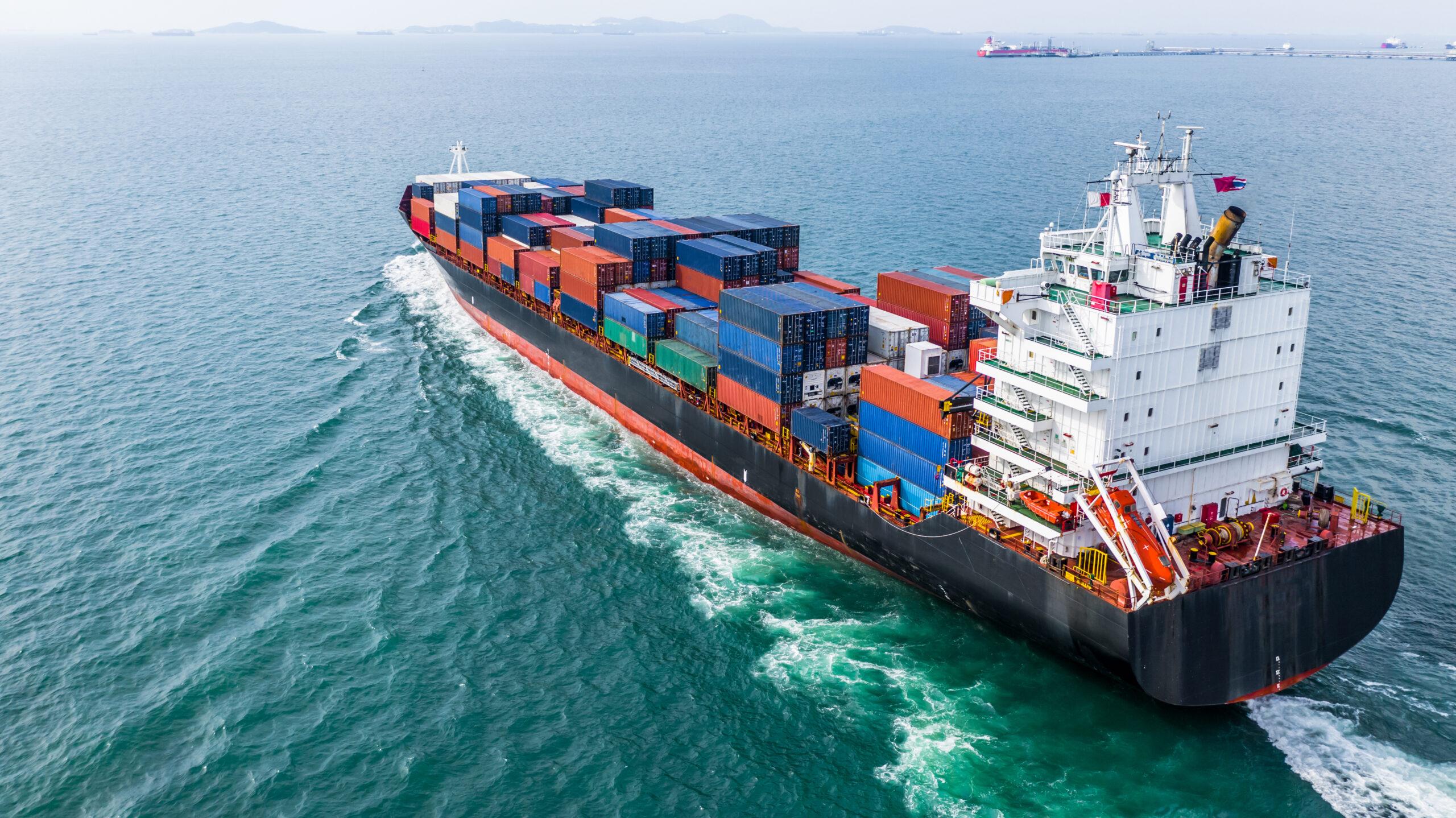The year 2020 and the beginning of 2021 have been periods of almost unprecedented economic disruption. Ongoing market corrections, unexpected shocks and supply chain disruptions, and a marked liquidity crunch caused by the COVID-19 pandemic clearly mean that trade will be very different going forward.
The banking sector has not been spared from these economic shocks with banks around the world facing significant challenges in terms of liquidity and profitability. Regionally, several banks have shown variability, exacerbated by high-profile defaults and supply chain instability.
One of the pandemic’s most significant impacts on the economic environment is that it created a growing trade finance gap – which refers to financing for trade in the form of letters of credit (LOC), guarantees or insurance provided by an intermediary. Before COVID-19, the world’s trade finance gap stood at $1.5 trillion, according to the Asian Development Bank (ADB) and International Chamber of Commerce (ICC).
Maham Siddique, Regional Marketing Director – Asia, Vice President – UAE Commercial, Tradewind Middle East Limited said: “The trade finance gap is largely caused by increasingly tight regulations in the aftermath of the global financial crisis, as well as higher capital requirements, increased Know Your Customer (KYC) and anti-money laundering (AML) requirements and de-risking by banks.’
Notably, this trade finance gap is expected to double as a result of COVID-19, caused by credit losses, a flight to safety, disruption to supply chains and business closures. Trade flows also decreased by 10% in 2020, and a gradual recovery is expected to take place from 2021 onwards.
For SMEs across the world – and the Middle East – there remain significant barriers to accessing credit. This is particularly true in the UAE, which the European Commission has been watching closely to ensure compliance with the EU’s AML and counter-terrorist financing requirements.
In this context, UAE banks have taken a conservative approach in terms of accepting deposits, have closed accounts belonging to free-zone entities, and shunned lesser-known potential depositors. They’ve also taken a cautious approach to financing and loans – an approach that can be expected to continue for the foreseeable future.
In this environment, trade finance can provide solutions. Maham Siddique said: “Trade finance can help reduce the risk associated with global trade by helping reconcile the different requirements of an exporter and importer. By giving both access to financial solutions that can be tailored to their situation, multiple products can be used at any given time to make sure that deals go through smoothly. Additionally, trade finance can help companies obtain financing and receive an extension of credit, which in turn allows them to receive a cash payment based on account receivables in the event of factoring. Put simply, trade finance helps SMEs by helping ensure fewer delays in payments and in shipments, thereby enabling them to plan their cash flow more efficiently.”
Without trade financing, it remains very possible that companies fall behind on payments and lose key customers, which in turn might have long term ramifications for a company. Trade finance can provide options that can help companies conduct business internationally and help them through times of financial difficulties.


